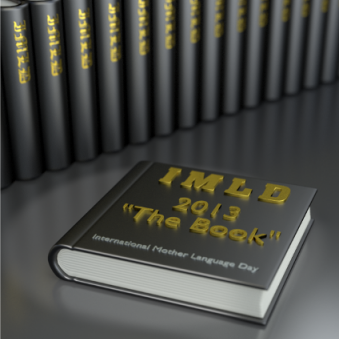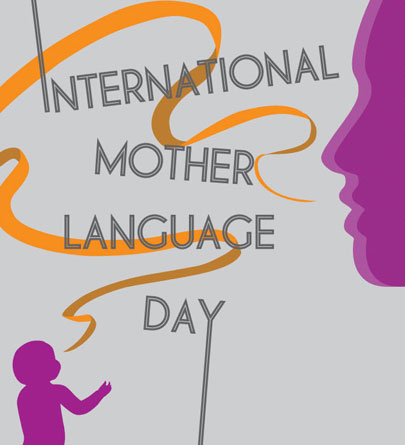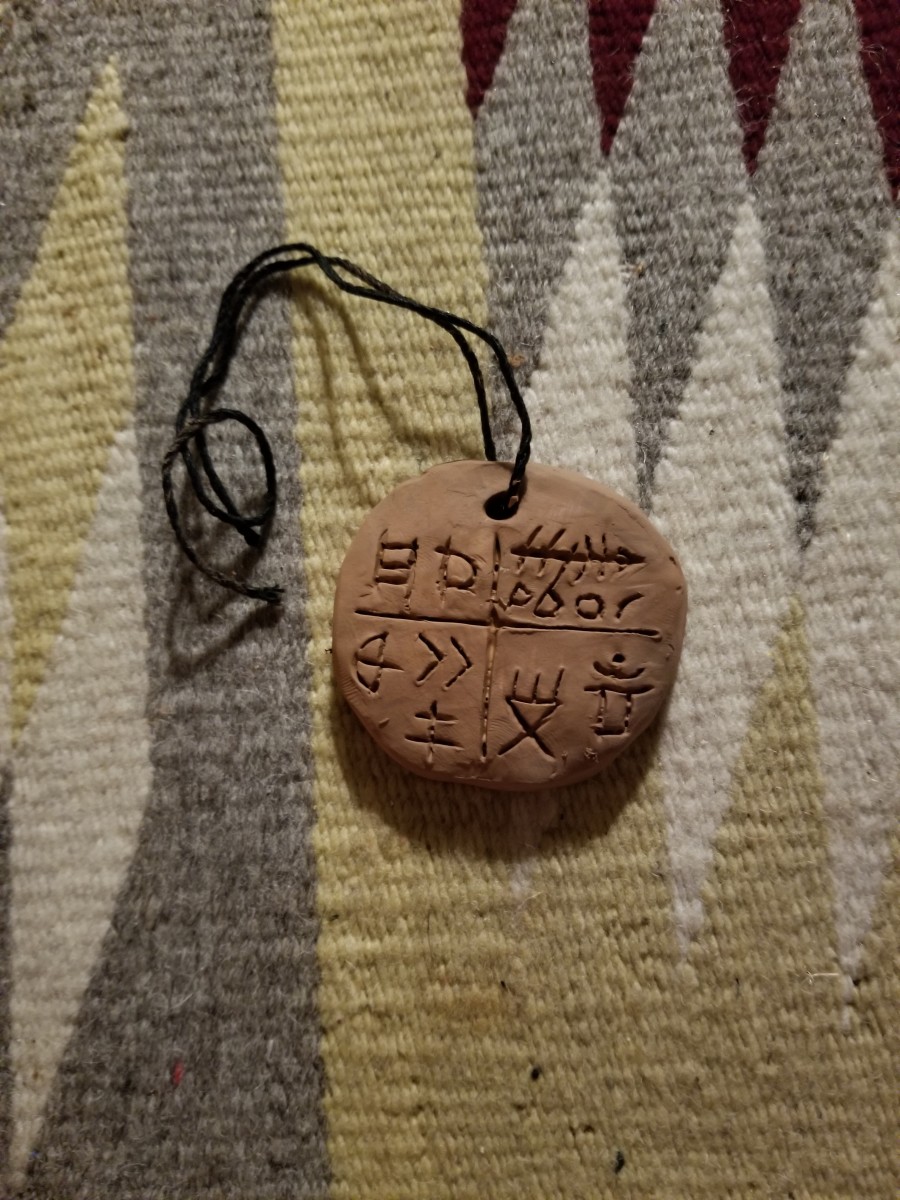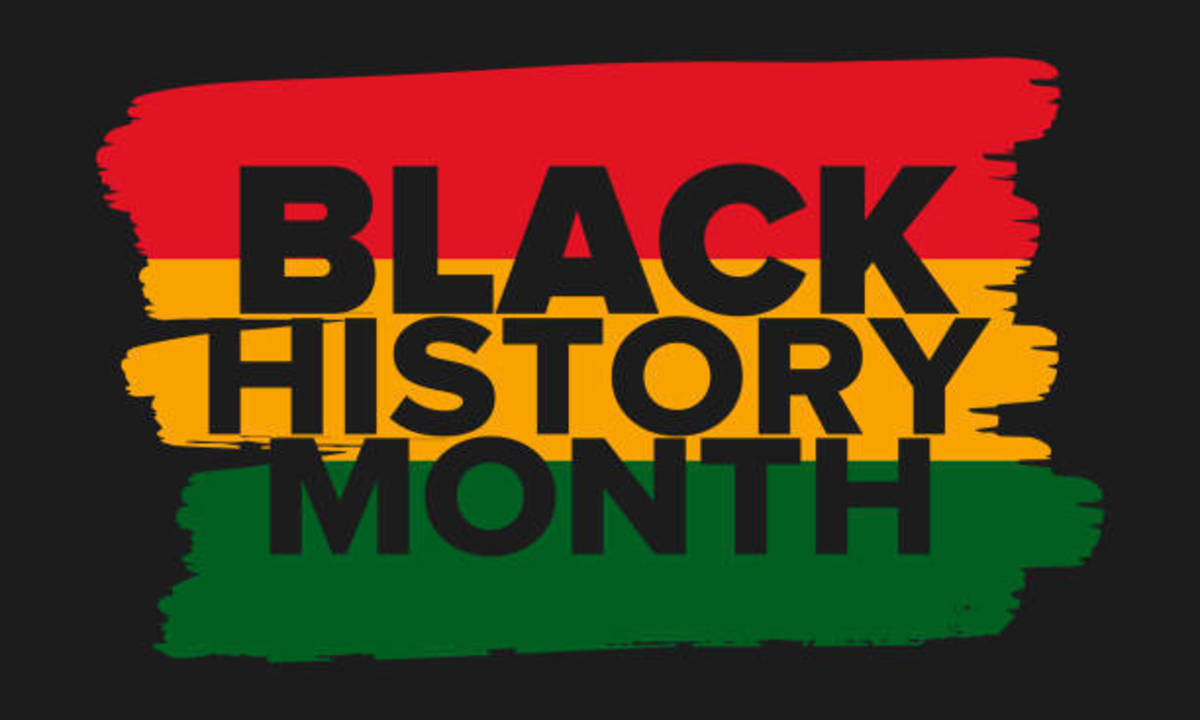International Mother Language Day by UNESCO Declaration: February 21
2013 IMLD theme is "The Book"

Background
The United Nations has declared February 21 to be International Mother Language Day. IMLD has been celebrated every year since 2000. Festivities are always celebrated at UNESCO headquarters in Paris, in Bangladesh and often at other sites around the world as well. The date was selected to commemorate the killing of four students on February 21, 1952, as they sought to champion their mother language, Bengali.
Speakers of the world’s major languages have the advantage of vast amounts of literature at their disposal. Whatever knowledge they desire is available in their own language—in their mother language.
Most people in the world today are multilingual to some extent. They understand—and usually speak—at least one language besides their mother language. Second-language ability may come through academic study or through contact with other speakers, and brings with it broader culture richness. It is the mother language, however, that one understands best and to which one retires for the clearest and most poignant understanding when in doubt.
Little-known facts about languages

Language competence survey
How many languages do you speak?

There are 6,909 recognized living languages spoken in the world today. In reality, every year, researchers “discover” languages to add to or subtract from this number. One highly-regarded encyclopedic source of language information is the Ethnologue: Languages of the World, which is revised every four or five years and currently in its 16th edition.
Sometimes a community of speakers in one country calls its language one name while a community in a neighboring country uses a different language name. If the speakers have no difficulty understanding each other, it is one language with two names.
In other cases, it may be that people who insist they are of one language really can’t understand those in distant communities. They speak separate languages despite using the same name, which is in reality an ethnolinguistic identity.
There may be what is known as a dialect chain, where community A understands community B, which understands C, which understands D, etc. If you can understand the other person, but tell by her speech where she comes from, it is considered a difference in dialect rather than language.
The last living speaker of Bo singing and talking about the 2004 tsunami
Languages die every year when the last living speaker of that language dies. One of the most-publicized in recent years was the 2010 passing of the Bo language spoken in the Andaman Islands off the coast of India.
A relatively small number of languages is spoken by the majority of the world’s population. There are only eight languages spoken by more than ten million people, but they cover 39% of the world's population. This is convenient for the internet and other information sources that target the whole world. In fact, there are more than a million speakers of 398 languages, and that takes care of 94% or the world’s population. That leaves only 6% of the population that speak the other languages—more than 6,500 of them!
In trying to develop a unified national educational policy, it is easiest to write curriculum in only one language. It may work if that language is the mother tongue of a vast majority of its citizens. Some countries, however, have a national language that is not considered a major world language (e.g. Korea), have declared multiple official languages (e.g. Switzerland) or contain a large population speaking many minority languages better than they do the national language (e.g. Papua New Guinea).
More than 2,000 languages do not yet have any written literature because no way has yet been devised to write the language. Those languages await linguists who will study and analyze the language, breaking it down into a phonology of constituent sounds and devising a practical orthography for writing those sounds with symbols that can be understood and accepted by the language community. SIL International is on the vanguard of organizations reducing such languages to writing.









